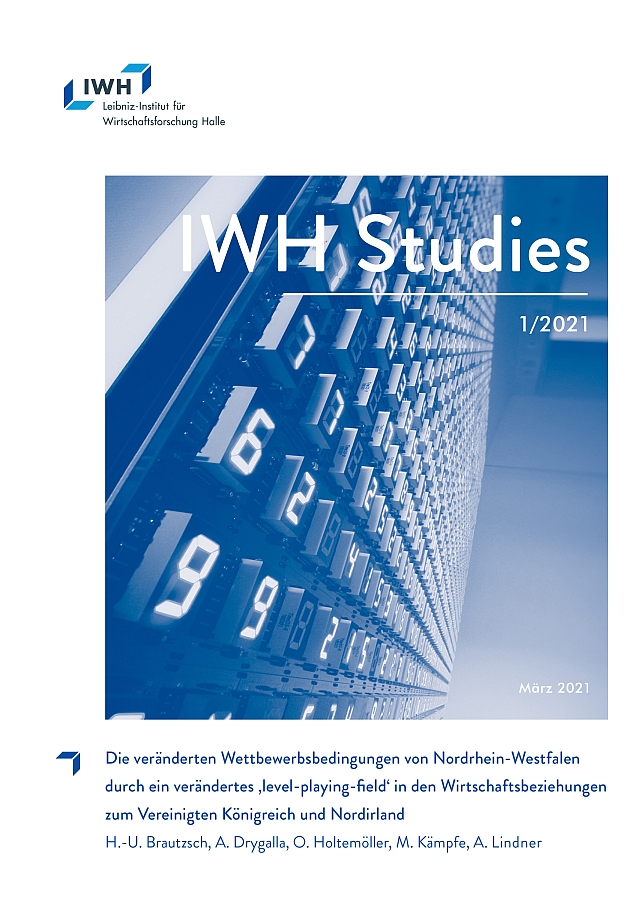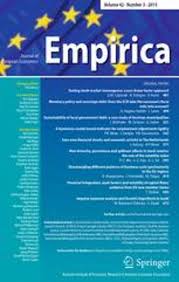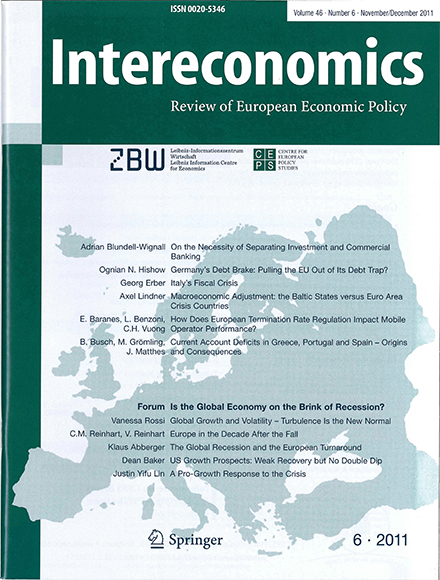Martina Kämpfe

Current Position
since 1/92
Economist in the Department of Macroeconomics
Halle Institute for Economic Research (IWH) – Member of the Leibniz Association
Research Interests
- forecasting German foreign trade within economic forecasts of the German economy
- forecasting economic developments in Central and Eastern European countries
- analysing adjustment processes in Central and Eastern European countries to the EU policies
Martina Kämpfe joined the institute in 1992 and the Department of Macroeconomics in 2005. She investigates the foreign trade of the German economy for the forecasting and observes the economic situation and transition processes of Central and Eastern European countries.
Martina Kämpfe studied Eastern European languages and literature at the Humboldt-Universität zu Berlin as well as economics at Higher School of Economics in Berlin. Prior to joining IWH, she worked as a translator and documentalist.









